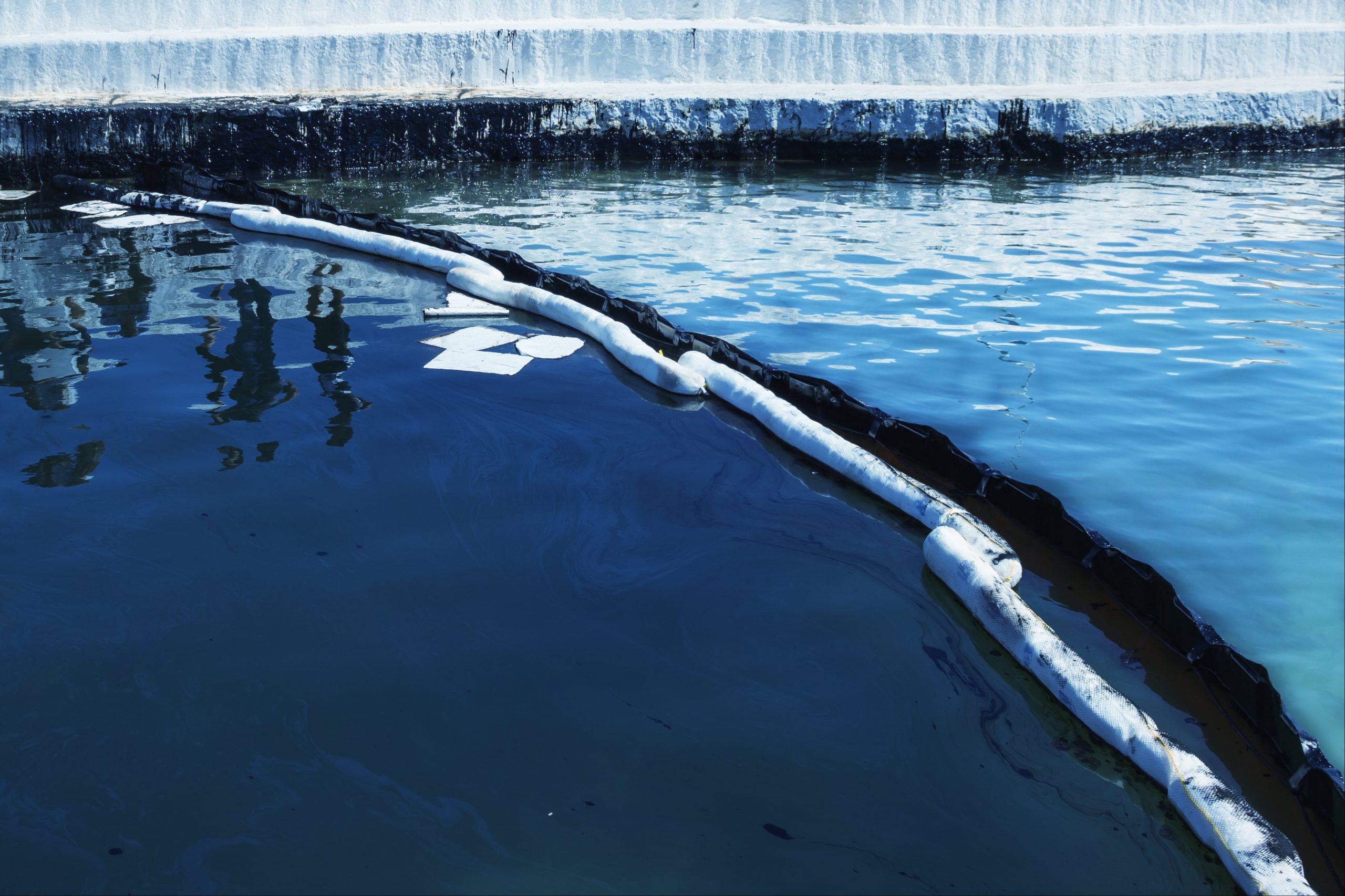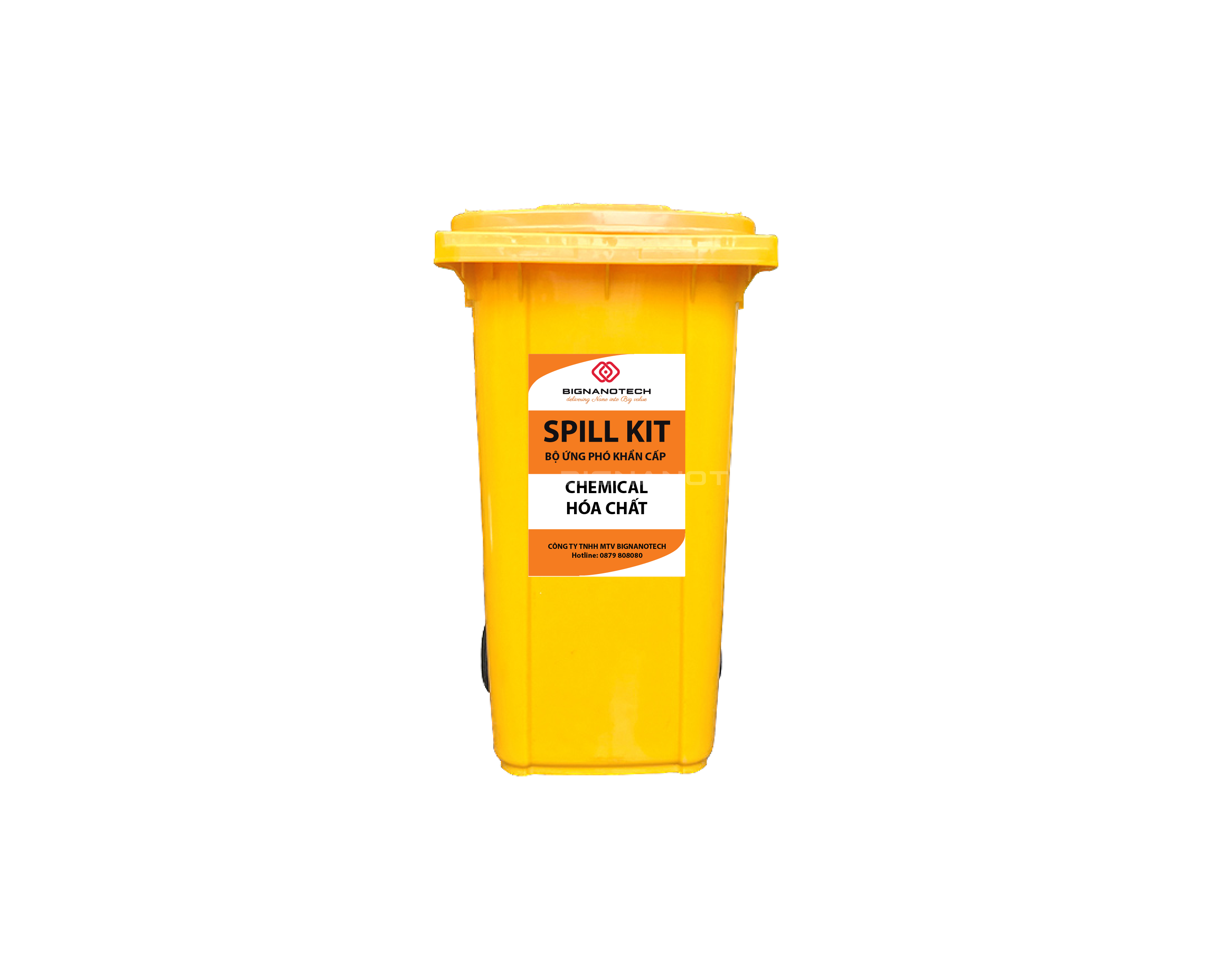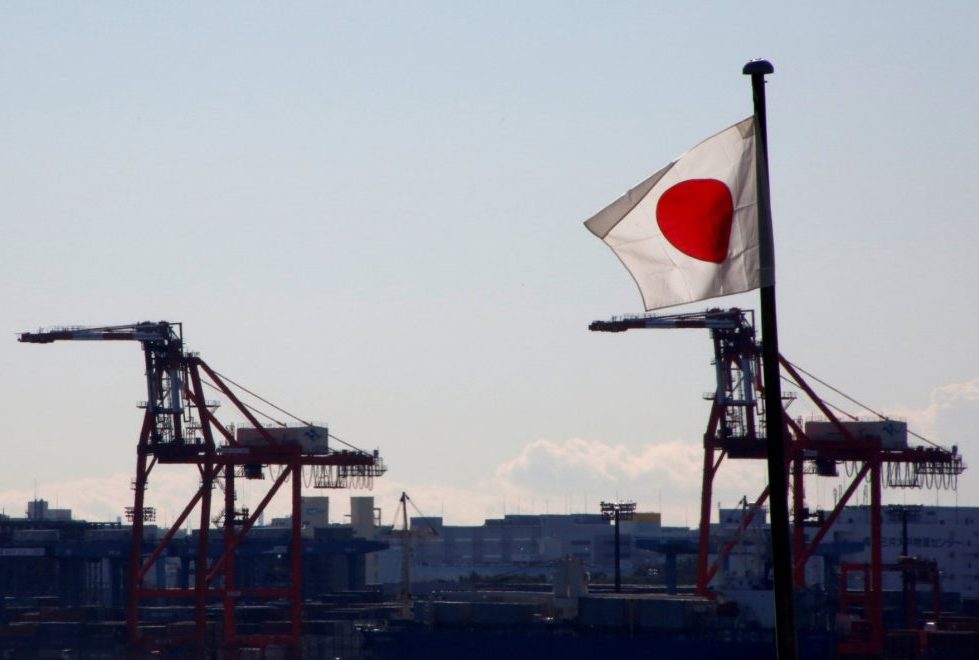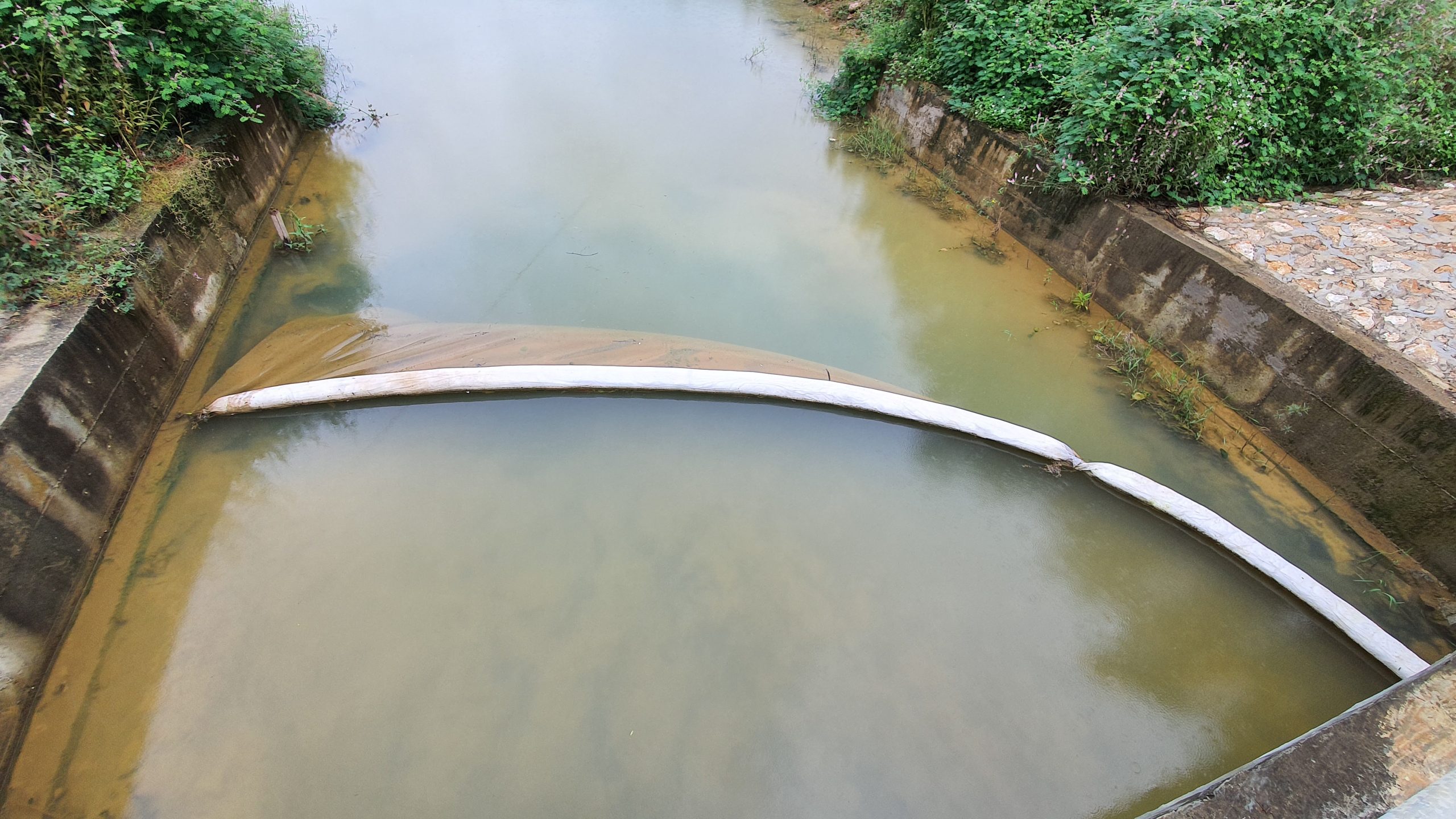
Chemical spills can happen at any time in laboratories, chemical storage areas, around battery packs and dipping tanks, and in chemical processing plants, causing significant harm to people and the environment. However, addressing and cleaning up incidents involving hazardous chemicals is not easy due to their toxic and dangerous nature. BIGNANOTECH offers a safe solution to tackle this problem.
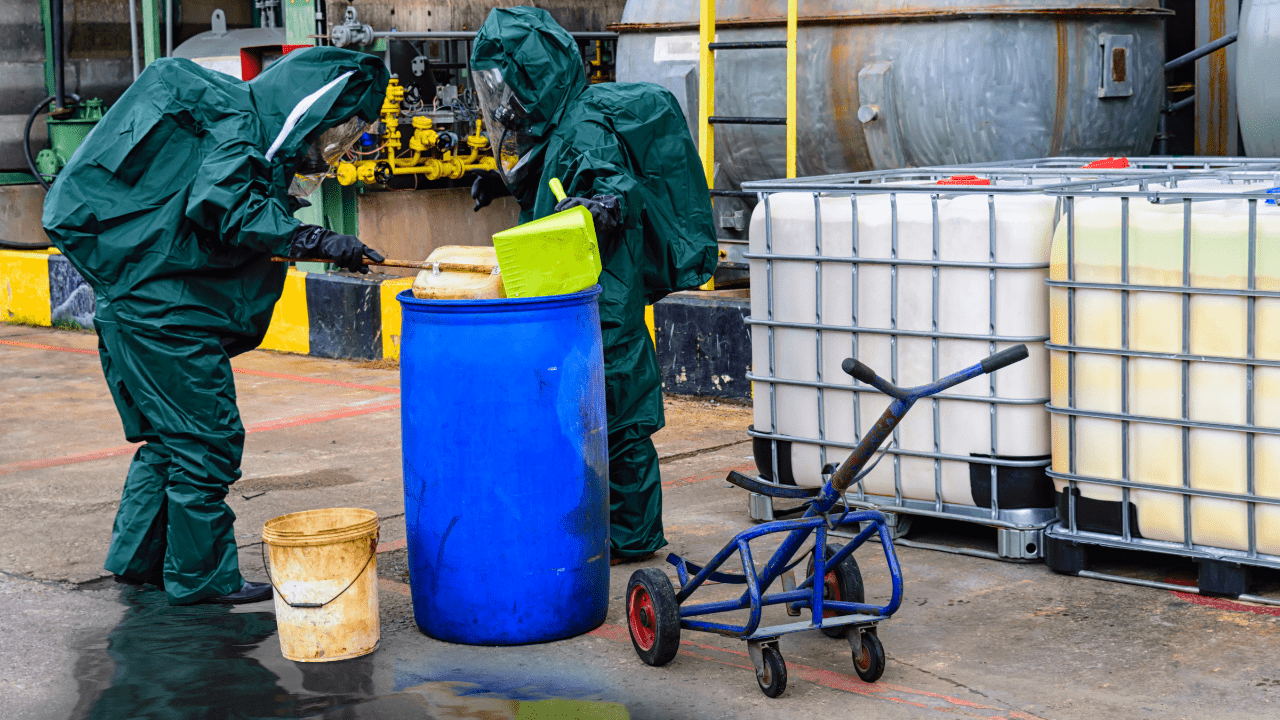
Step 1: Assess the Situation
- Conduct an initial assessment of damage to people, the environment, and property.
- Determine the type of chemical and the quantity that has spilled.
- Notify the responsible party about the incident and request assistance.
- Provide first aid to any injured person, ensuring safety is maintained.
Step 2: Consult MSDS Information and Equip Protective Gear
- The responsible party should refer to the MSDS or SDS (Material Safety Data Sheet) for the hazardous characteristics of the spilled chemical and equip suitable protective gear.
- The responsible party should specify the required chemical-resistant protective gear (clothing, gloves, boots, masks, goggles, etc.) for the response team.
Step 3: Isolate the Spill Source
- Contain the spread of the chemical to limit the affected area and reduce the impact on the surrounding environment.
- Use suitable materials to isolate the spread of the spilled chemical.
Step 4: Stop the Source of the Spill
- Cut off the spill source by stopping pumps, closing valves, sealing holes, or repositioning the leak to face upward.
- If possible, pump out or transfer any remaining chemical into secondary containment equipment.
- Do not enter the incident site without proper protective gear.
Step 5: Reassess the Situation
The responsible party should reassess the situation to ensure everything is under control before proceeding with cleaning and restoring the environment.
Step 6: Recover and Clean Up
- Use appropriate response equipment to recover, neutralize, and clean up the spill.
- Collect hazardous waste and dispose of it following regulations. Store chemical-soaked products in a designated hazardous waste storage area, away from heat/flame, water reservoirs, and avoid direct disposal into the environment to prevent cross-contamination.
Step 7: Decontamination
- All response personnel must undergo decontamination.
- Protective gear and response equipment must be decontaminated if exposed to chemicals.
- Dispose of any protective gear or response equipment that has been consumed or damaged in accordance with regulations.
Step 8: Report and Restock Resources
- Report the incident to management and all relevant personnel.
- Review lessons learned from the incident.
- Restock or replace specialized chemical spill response equipment and personal protective equipment as needed.

BIGNANOTECH is a reputable company in Vietnam specializing in manufacturing and distributing specialized products for environmental incident response and handling related to petroleum and industrial chemicals. With many superior features and more affordable prices compared to imported products, BIGNANOTECH products have been used in incident response and handling for many major organizations in Vietnam and are also present in international markets.
For product consultation, please contact:
BIGNANOTECH Company
Hotline: (+84) 879 808 080 – (+84) 868 939 595
Email: sales@bignanotech.com

